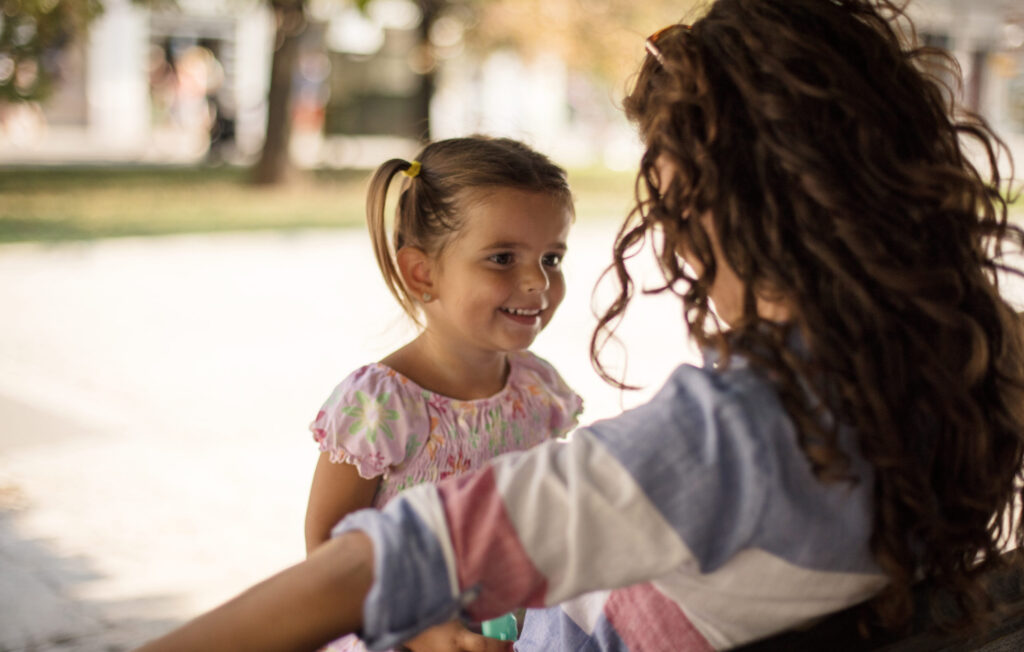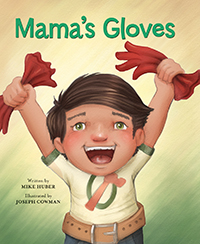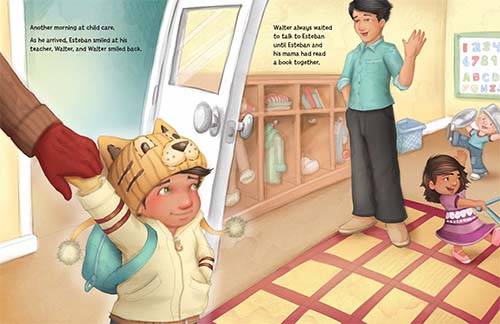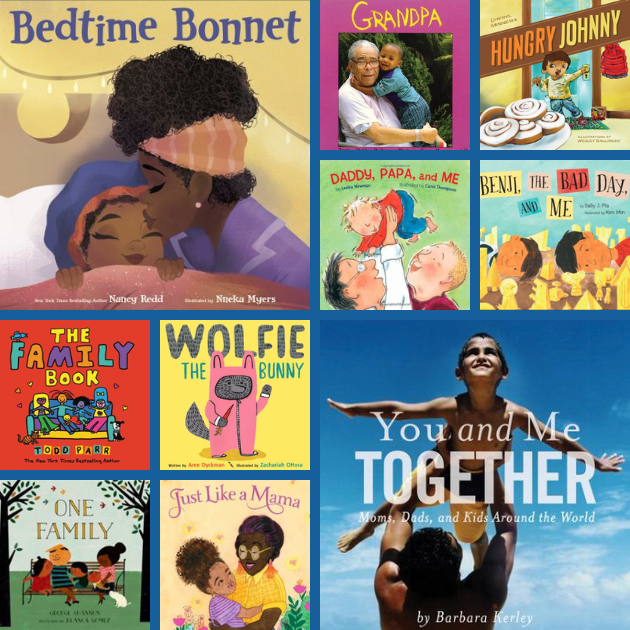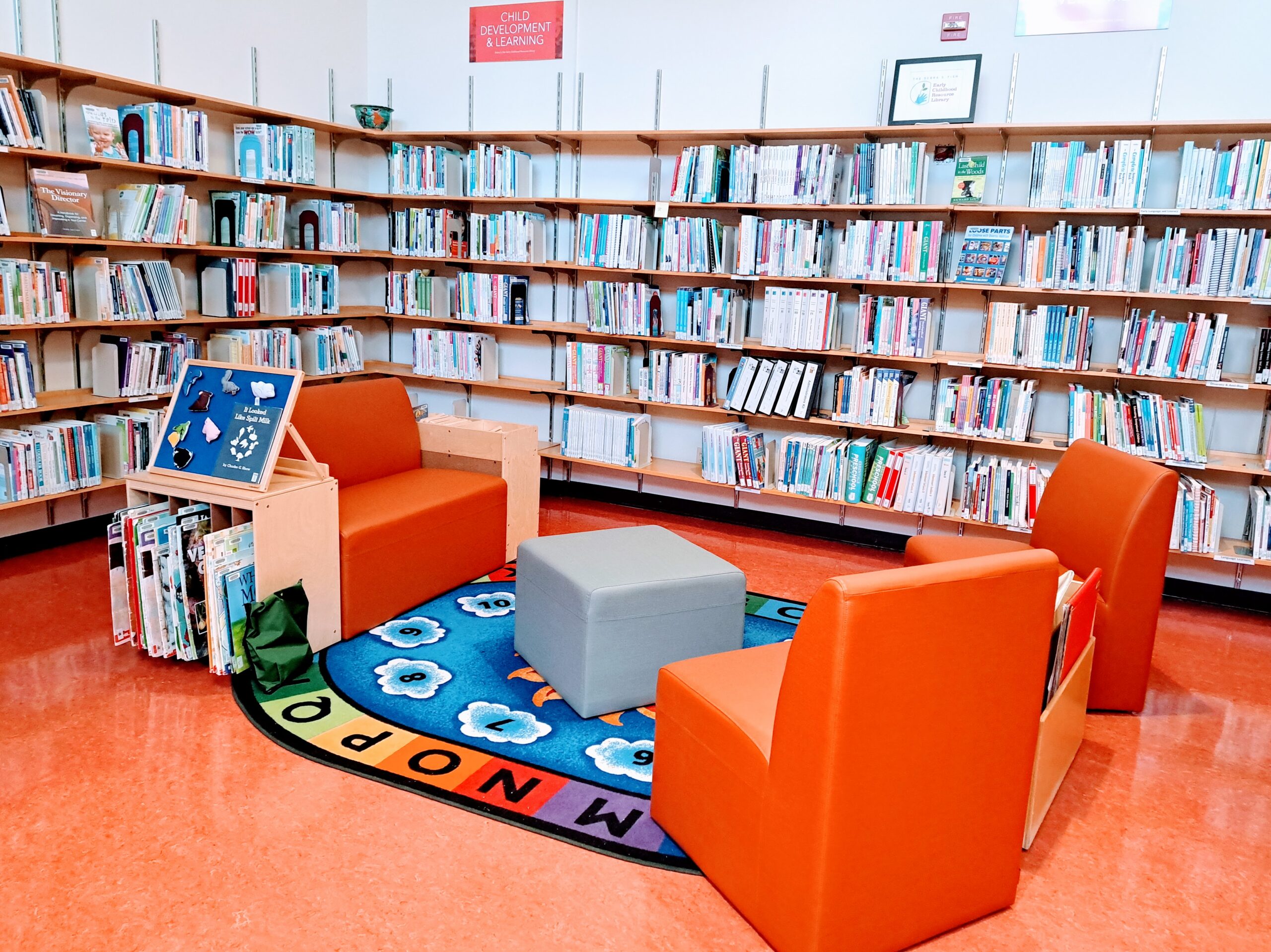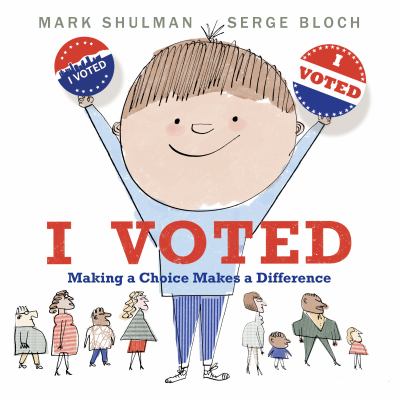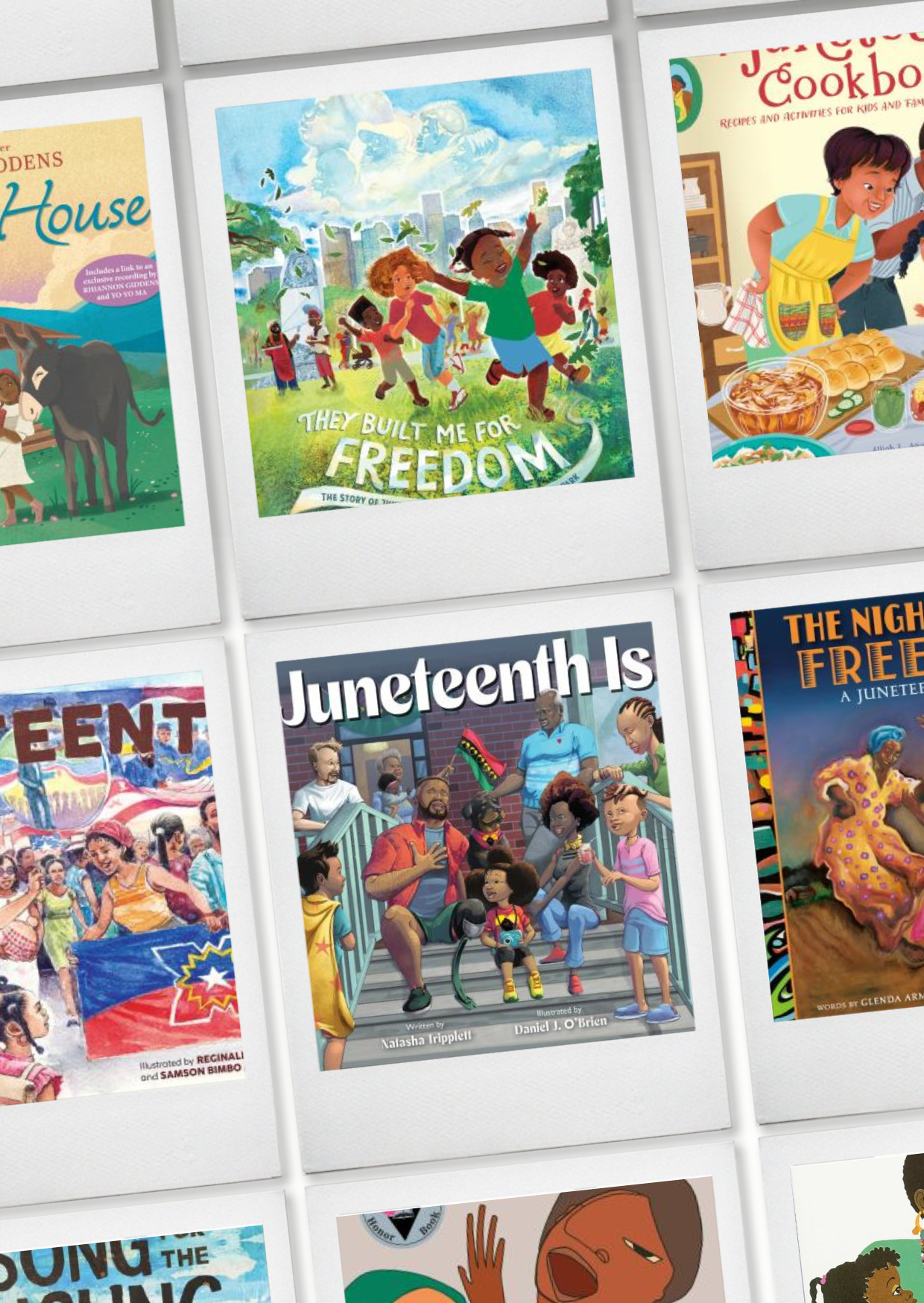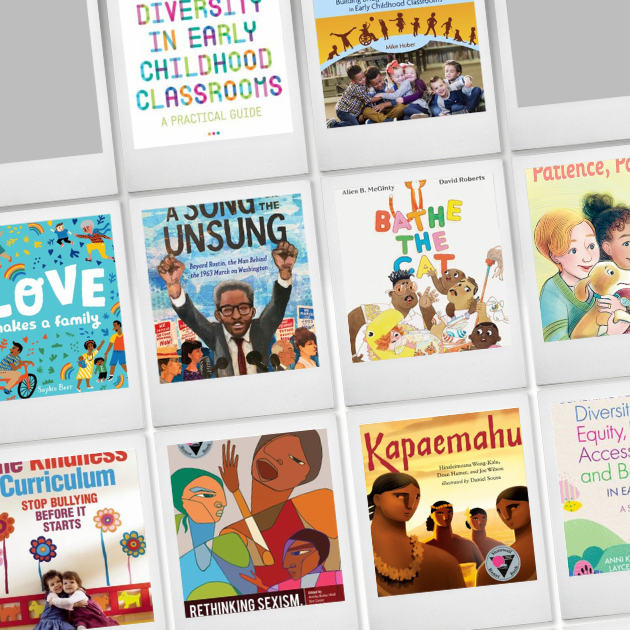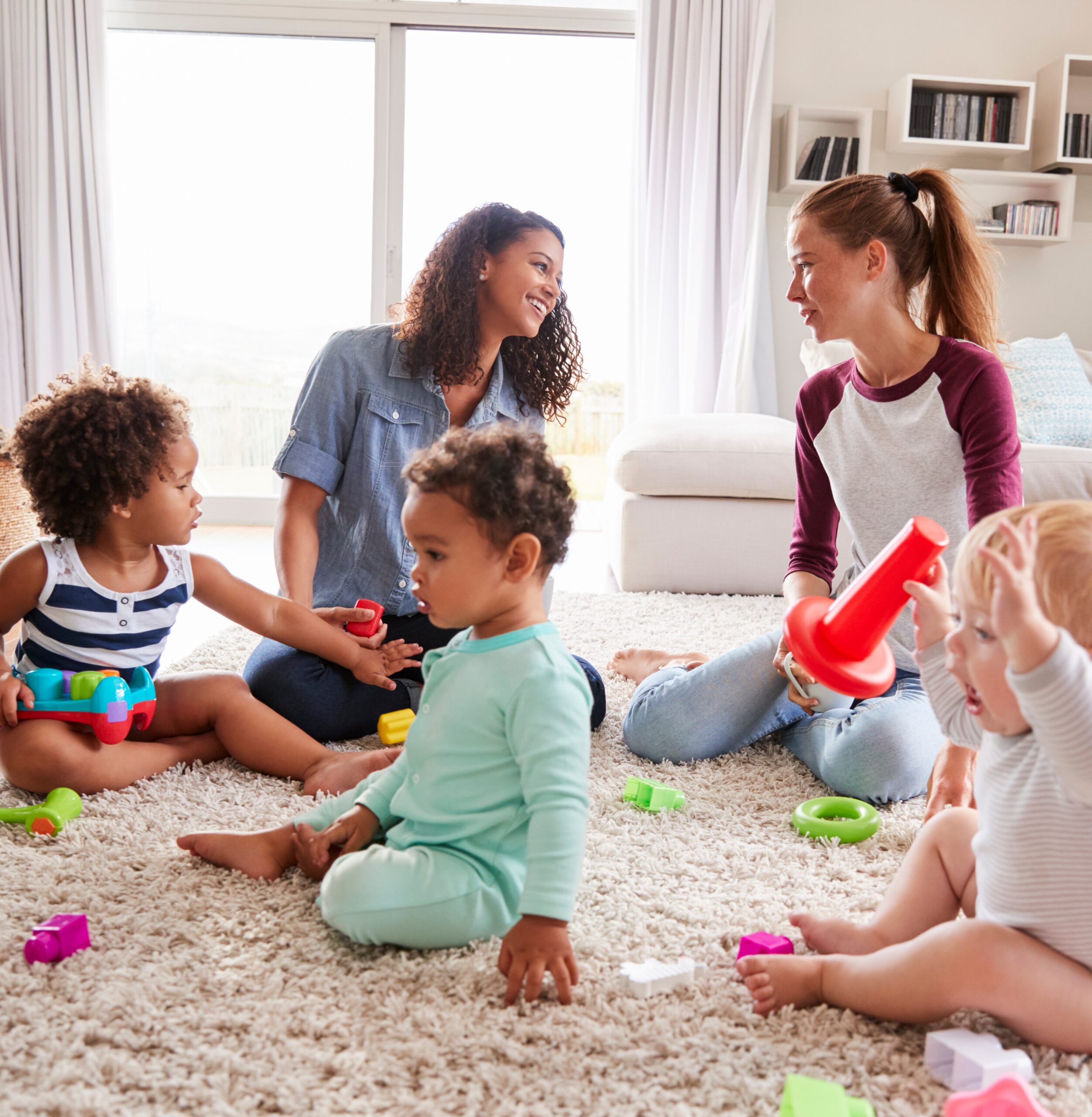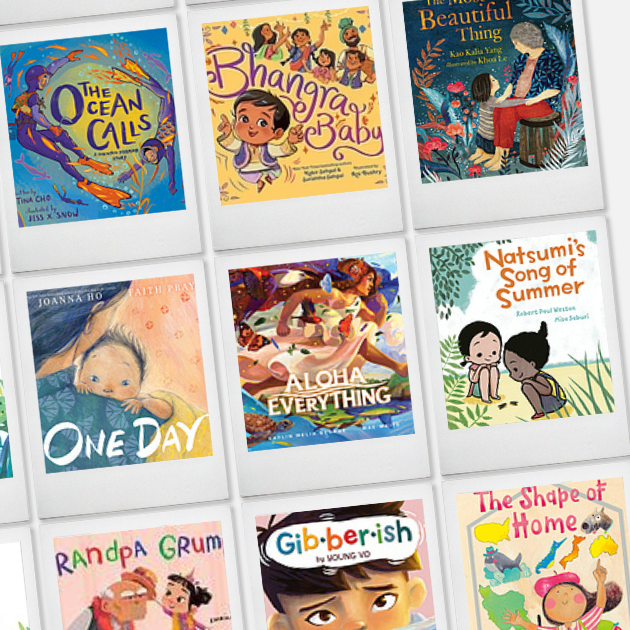Guest Blog by Angèle Sancho Passe
In the book Mama’s Gloves, by Mike Huber, (Redleaf Press, 2014), four-year-old Esteban learns that mama “always comes back with two kisses and hug.” This routine helps mama and Esteban say goodbye to each other. It’s a comforting start of the day, despite the heart tugs of their morning separation. And both manage this important developmental skill with the support of teacher Walter. Indeed, all is well when mama comes back in the afternoon!
Like teacher Walter, you have the significant job of supporting children and parents with the transition from home to school. It is challenging to say goodbye. There is sadness and sometimes anger at being left behind. Though common, separation anxiety is an uncomfortable feeling. I’m thinking that at this unusual period of pandemic confusion, you may see a bit more separation anxiety than in normal times.
Many parents are dealing with their own transitional stress of returning to places of work after the long COVID-19 disruption. Families may have developed isolated patterns of living, spending more time together at home, with fewer social interactions. Now they may be excited about the new possibilities, but they may also be nervous about getting out into a world that feels pretty uncertain. So, it’s good to spend extra time thinking of some teaching strategies to ease the stress of saying goodbye.
Here are some tips to help children and their families navigate their separations:
- Prepare ahead of time. Before the child starts in your program, send a short note to families. Write a simple message acknowledging separation pangs: “We’re looking forward to welcoming Liza on Wednesday. There will be lots of interesting activities to play and learn in our room. At the same time, it may be a bit hard for Liza and you to say goodbye when you drop her off. Before you come, remind Liza that she will stay at school with me, her teacher, and the other children. And that you will pick her up after afternoon snack. Separation anxiety is normal, and it usually lasts a short time. I am here to support your family with the transition.”
- Have a plan for drop off time. Be present to the child and parent, with an empathetic expression that says: “I know it’s hard to say goodbye, I can see you are crying. I will stay by you until you’re ready to move in the room and find things to do”.
- Help the parent create a matter-of fact-transition routine that is short and simple: “Now your mom is going to say goodbye. She will give you a hug and two kisses.” Even if the children are whimpering, you say, “Goodbye mommy. I know you will be back after snack”. This models the language you want the child to internalize.
- Direct the child’s attention to the interest centers in the room: “You can play with blocks here, or paint over there. And I will show you where the books are”.
- Encourage a “transitional object”. It may be an “I love you” note from the parent or a small item, like a handkerchief or a family photo, that the child keeps at school to remember their loved ones.
- Stay close to the child as they begin to move about. Affirm their ability to cope successfully with the separation. “You are doing a good job of playing with the blocks. And remember your dad will come back after snack time.”
- Read books like Mama’s Gloves, individually and in group. Talk about separation at circle time. This validates all the children’s feelings: “Yes, we are sad sometimes when our parents leave. Then we feel better, and we play. And then, we are happy when they come back, just like Esteban, in the story.”
- Show parents that you are helping their children adjust. At pick up time, prepare a couple of examples of what children learned and participated in during the day. This helps families visualize their child as capable, and it builds trust in you as a competent caregiver.
You have a big role in reassuring children and families that they will be OK, even when apart. Your confidence and composure are needed to keep everyone calm and optimistic when the tears flow—for children and even parents. Use these techniques as part of your transition-to school-curriculum. Integrate them into your lesson plans and share them with your co-educators. You are teaching children and families life skills that they will continue to use for the many transitions they will experience along the way!
About the Author

Angèle Sancho Passe, MA, is an early childhood education consultant and instructor with more than 30 years of experience and an expert in working with programs to develop kindergarten readiness plans and teach dual-language learners. She is a frequent presenter at conferences and a member of the governing board for the National Association for the Education of Young Children, and a regular trainer for Think Small Institute.
Angèle is the author of Evaluating and Supporting Early Childhood Teachers, Dual-Language Learners, and Is Everybody Ready for Kindergarten?, I’m Going to Kindergarten, and Creating Diversity-Rich Environments for Young Children. She holds a bachelor’s degree in child psychology and family social science and a master’s degree in family education.
